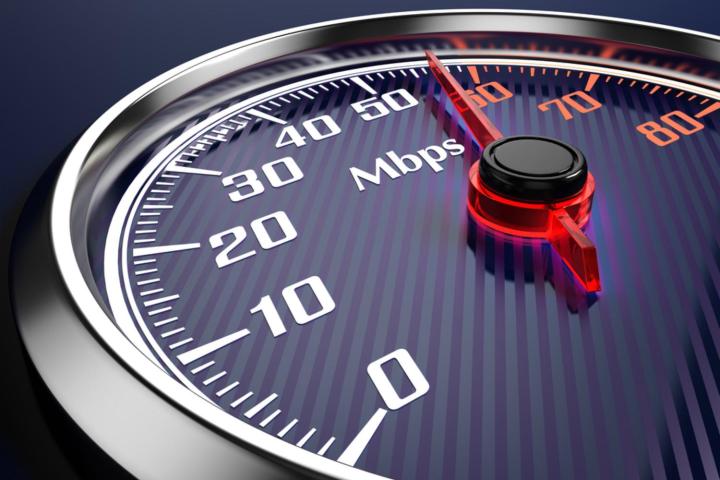
The issue at hand isn’t that 10 percent of Americans simply can’t afford broadband connections that the Commission would consider up to par. Rather, the FCC’s displeasure stems from the fact that 1 in every 10 Americans are effectively being denied the benchmark speed. Providers are simply unwilling or unable to serve a considerable proportion of homes with adequate broadband speeds.
According to the FCC’s recently released fact sheet, the disparity between haves and have-nots in terms of Internet is particularly pronounced when it comes to geography. The Commission cited a “persistent urban-rural divide” that has left “39 percent of the rural population without access to fixed broadband.” Only 4 percent of those in urban environments, on the other hand, are in the same position.
Moreover, a stunning 41 percent of Tribal Lands residents do not have access to appropriate speeds, and the same percentage of schools “have not met the Commission’s short-term goal of 100 Mbps per 1,000 students/staff.” This means that nearly half of American students are not able to access fast Internet on campus.
All this to say that when compared with our international peers, the U.S. is falling seriously behind. In fact, we rank just 16th out of 34 countries surveyed.
But in spite of all these rather depressing statistics, not all hope is lost. Just three years ago, one in every five Americans “could not buy 25Mbps/3Mbps broadband.” But that number has steadily declined — in 2013, it was 17 percent, and last year, it was just 10 percent. Figures for 2015 have yet to be released, but based on historical trends, they should continue to fall.
Still, the push for better Internet is becoming an issue of national priority. Democratic presidential candidate Hillary Clinton has proposed a $275 billion “infrastructure” plan that aims to provide faster broadband connection to millions of Americans, and a slew of tech companies are now in competition to see who can provide the quickest connections. And when those companies compete, consumers generally win.
So come on, American Internet providers. You’ve really gotta step up your game.
Editors' Recommendations
- Broadband internet just got redefined — again
- Biden unveils $42 billion broadband internet plan
- Super fast 10Gbps internet edges one step closer to your home
- Tonga’s internet restored five weeks after massive eruption
- Internet guerrillas: Inside the DIY broadband revolution with NYC Mesh


